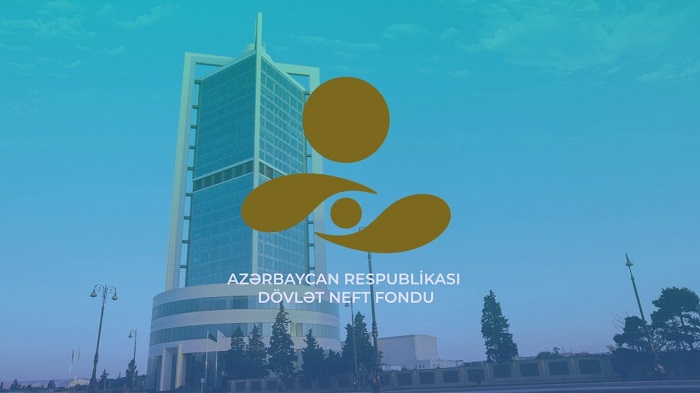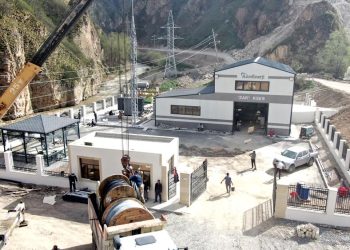Iran‘s oil exports have risen further in February for a fourth consecutive month, according to sources who track tanker movements, adding to signs that the easing of sanctions pressure on Tehran is helping its oil exports to recover.
The increase in shipments is around 100,000 barrels per day (bpd), according to one tracker company, which would take Iranian exports to at least 1.30 million bpd for February.
The rise in shipments follows an interim deal agreed in November with world powers in return for curbs on Iran’s nuclear programme. This, say industry sources, has improved sentiment and reduced uncertainty for buyers.
A second tracking source familiar with Iran’s shipments said extra cargoes had headed toSyria and South Korea in February. Two cargoes were unloaded in Indonesian waters – a location sometimes used by Iran for ship-to-ship transfers.
“While February is a shorter calendar month, we have seen more cargoes moving to Syria,” the second tracking source said.
Sales to Iran’s top two buyers, China and India, have remained at firm levels.
A sustained increase in exports from Iran, as well as a recovery in Libyan exports, could weigh on oil prices in 2014. So far, though, the rise in Iranian supplies is modest and output is still much reduced from the pre-sanctions rate.
In January, the European Union and the United States eased some sanctions including restrictions on ship insurance, which became available for the first time since mid-2012 following the deal reached in Geneva. Vessels transporting Iranian crude have previously been left with limited alternatives, mostly set up by importers.
Mark Wallace, chief executive of U.S. pressure group United Against Nuclear Iran, which seeks tougher sanctions, said Iran’s economy was already benefiting from the sanctions relief.
“The Obama administration has stated that sanctions relief would only amount to $6 billion (£3.6 billion) to $7 billion, however the increase in oil sales alone has already been worth over $4 billion in new revenue for the regime,” said Wallace, a former U.S. ambassador to the U.N.
“If Iran’s oil exports remain constant from now until July, the regime will have gained more than $14 billion in additional revenue post-Geneva, not including the various other economic benefits from sanctions-easing related to areas such as the petrochemicals, automotive and precious metals sectors.”
Still, a return to Iran’s pre-sanction export level of over 2 million bpd is some way off. Customers including Western oil companies forced by the sanctions to cut ties with Iranian oil are still steering clear.
The sanctions imposed in 2012 on Iran have led to a drop in Tehran’s production – output is down 1 million bpd since the start of 2012 to around 2.80 million bpd – and lost it billions in oil revenue.












